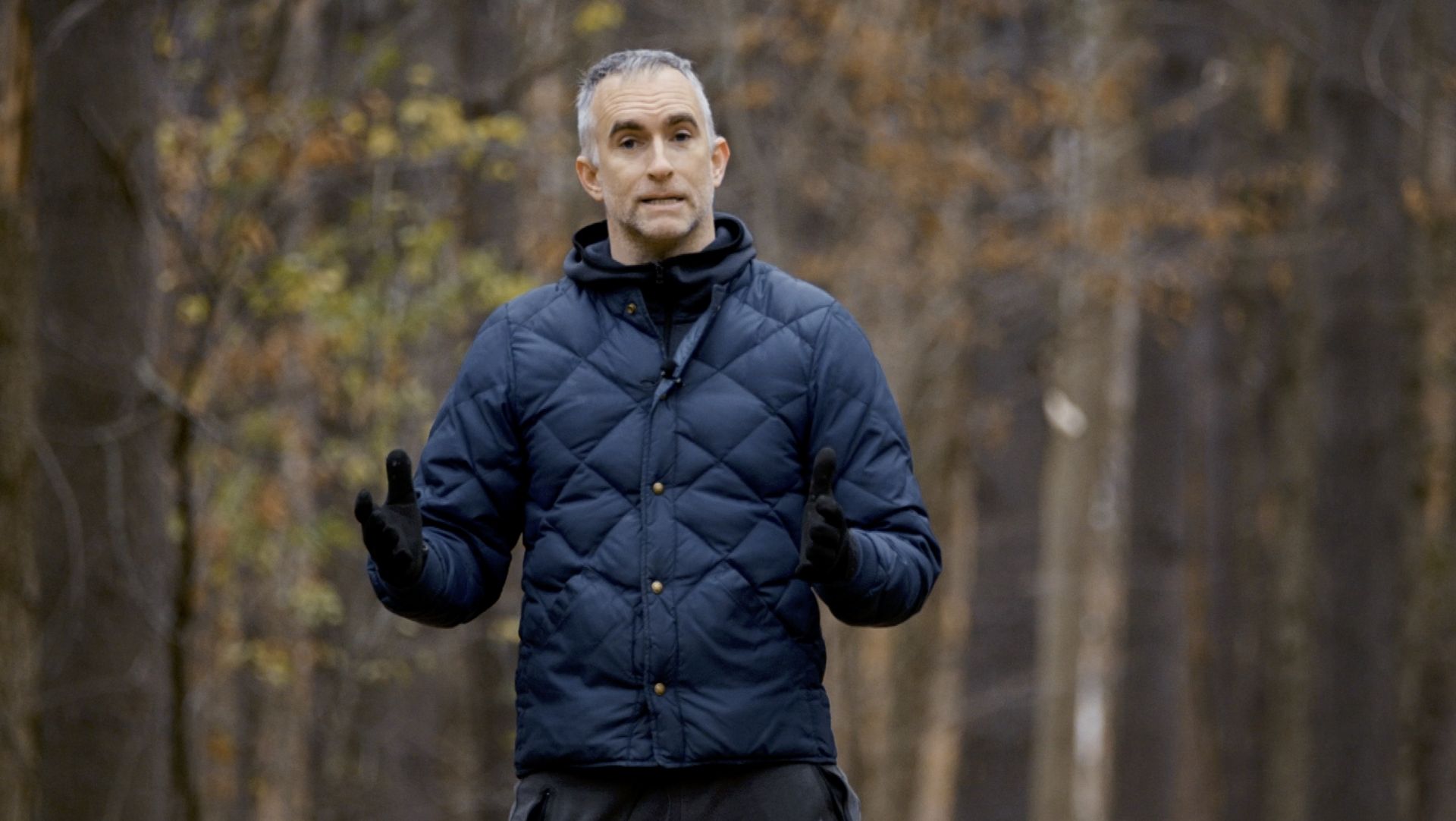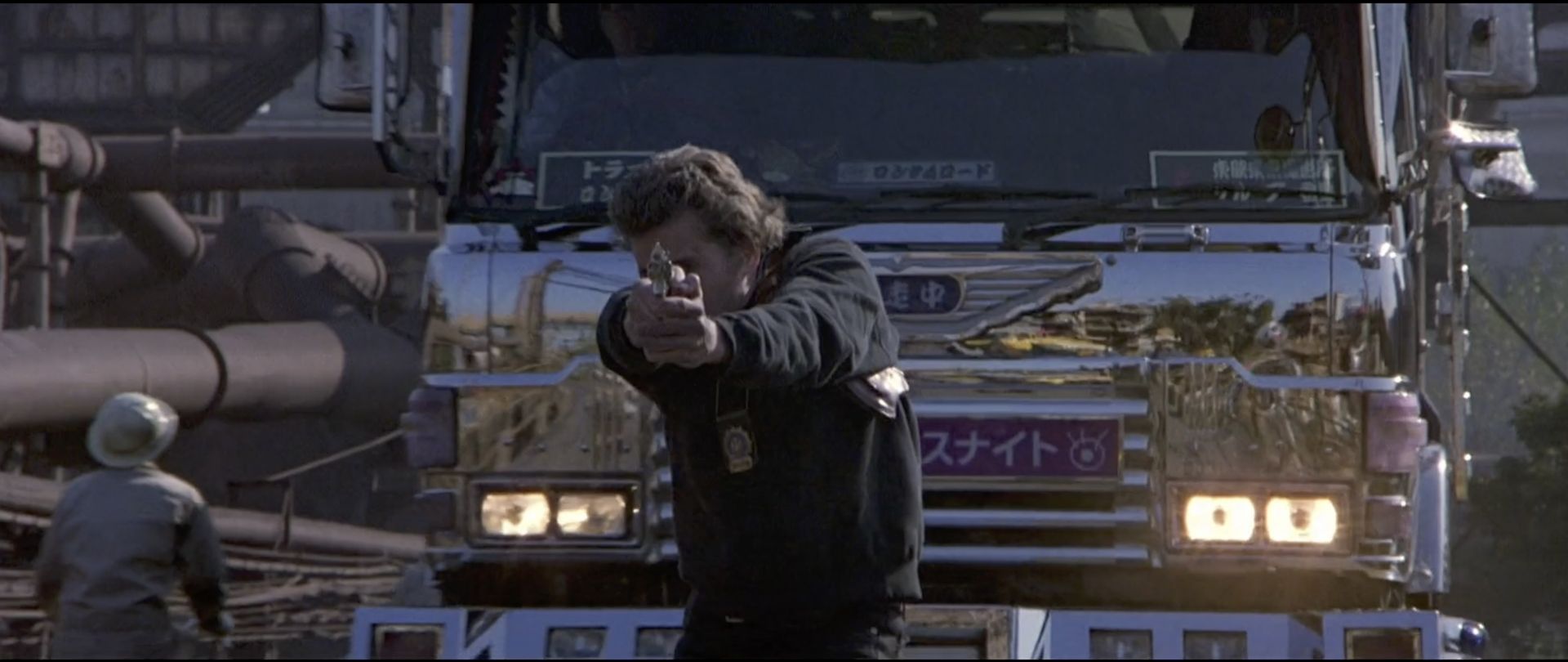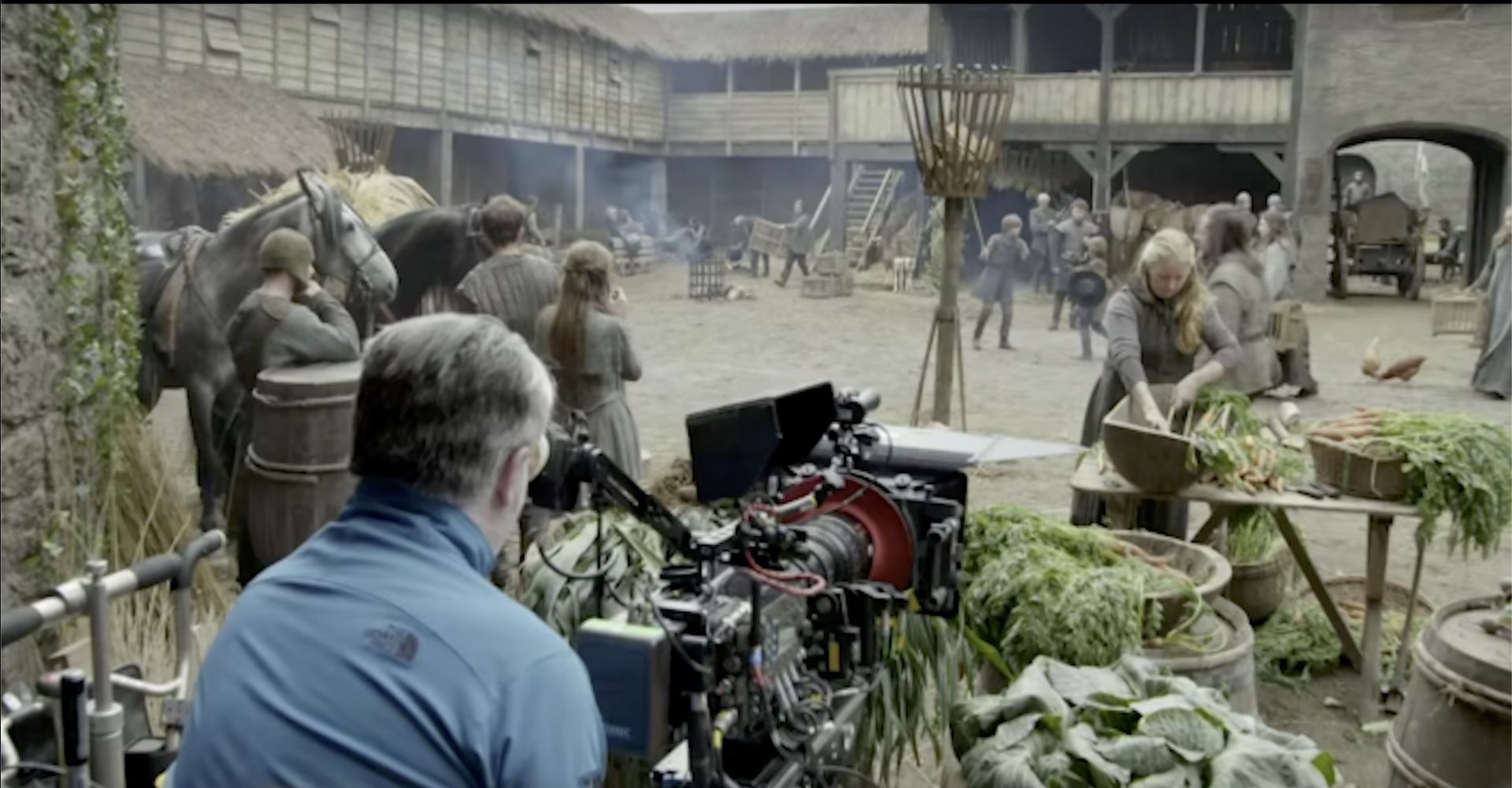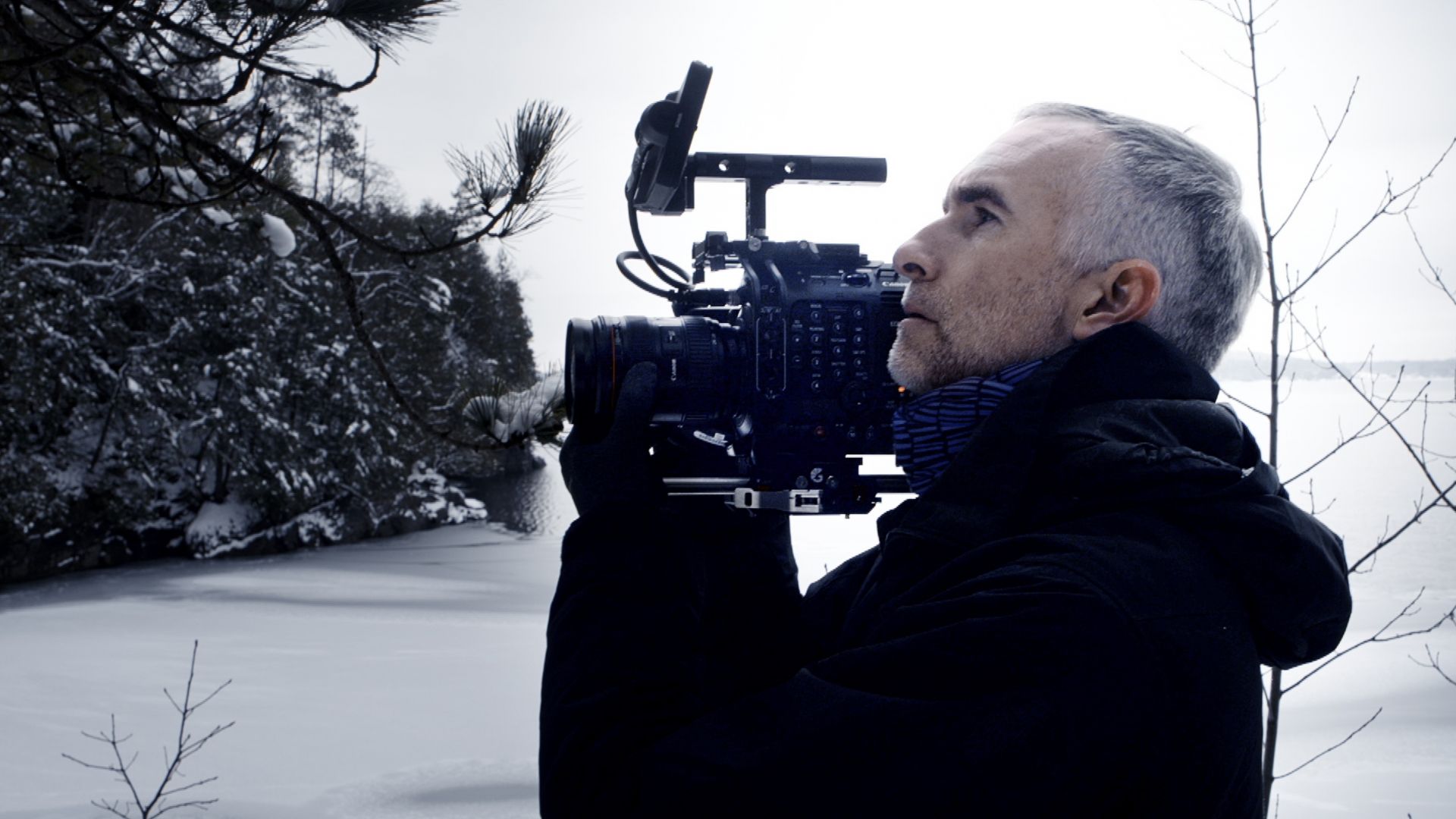Today, we are looking at long lenses and how to use them to do things with your filmmaking that you never thought possible.

Beyond the Scope of the Human Eye with Long Lenses
If the human eye has the equivalent of a 50-millimeter focal length then anything beyond that becomes more different, more extreme, unfamiliar. One of the reasons that long lenses are so cinematic is they are so different from how the normal human eye sees. So by using a 600-millimeter lens, we're showing people something that they'll never see in real life. The way that the camera moves, the way that the background and the foreground interact with the subject, and the way that space distorts, are all very different than what the human eye can process normally.
400mm Lens, 1.5 Crop, 100 ft Distance - Sigma fp
So we are on a 400-millimeter lens here on the Sigma fp and I have cropped in on the sensor to give an extra 1.5 crop so we're at the equivalent of a 600-millimeter lens on a full-frame camera. The camera itself is maybe 100 feet away from me and as you see the background behind is totally blurred out. There could be a garbage truck back there and no one would be the wiser.

Isolating the Character
Probably the thing that I use long lenses the most for is to isolate the character on a long lens. The background disappears into oblivion, into a bokeh mess of light and colors, and the foreground disappears entirely. Strangely enough, long lenses also bring the background closer to the character. If you want to show someone on a rooftop near a city if you use a 50 or even an 80 mm lens, that distant city that's miles away will stay miles away. But if you use a
long lens above 200, 400, or 500 mm lens, the city gets pulled right next to the character. They become part of the city and become almost trapped in the city.
In one of my favorite clips from HBO's ‘The Wire,’ Stringer Bell and Avon Barksdale are having their final meeting and it starts off as a normal French over the shoulder with the city behind them on a rooftop. As the scene gets more serious goes to an 80mm and then to a
400 mm lens and results in the city and the bokeh from the lights getting closer and closer - it feels more and more claustrophobic. It also focuses in on the characters and intensifies their emotions as their faces fill the frame.
The Face and Long Lenses
Speaking of faces, long lenses do very interesting things to faces because they are compressing distance. They're compressing the space of the head roughly three-quarters of a foot distance or depth that's in the human head gets compressed on a long lens to almost a single plane so it brings the ears forward and the nose back.

Wide-angle Lenses
A wide-angle lens does the absolute opposite. Now there's probably a sweet spot of around 80mm for the human face or most human faces, but some people definitely look better, especially people with pointy noses and ears that stick out. They look much better photographed on 100 mm and over. This is the origin of the camera adds ten pounds because long lenses on broadcast television cameras are usually 400mm and 500 mm and at a very small sensor so when people appeared on tv they often looked heavier than they were in real life.
Practicality and Application of a Long Lens
Probably the biggest practical effect of a long lens is that you don't need the camera anywhere near your actor, so if you're using first-time actors or people who aren't comfortable in front of the camera, there's no camera in their personal space. They don't have people around them or watching them that can make a documentary subject or a non-actor feel very uncomfortable.
With a long lens, you get none of that. They can basically have a private conversation with the other performer and the camera can capture it from a distance.
Long lenses have long been used by directors and filmmakers to make stunts more believable, so if you saw a car start to drive down the driveway behind me it would look like it was about to run me over, even when it was a really long way away from me. That's because the long lens compresses space. The most often used version of this is explosions where those cool guys walk away from explosions and don't even look back. It looks like it's singing the back of their hair. They're actually on a long lens and the explosion is a very safe distance away. This is also used in fight scenes when people want to sell a punch, especially if you have non-stunt people or actors performing the stunts. The actor can be five feet from the other actor, throw a punch, and the other if the other actor sells it and flinches at the right time or snaps their head back at the right time, you add a sound effect in post, it will really look like the two people have made contact. In reality, there was no risk to the actor.
Long Lens Advantage
The final big advantage of shooting with long lenses is that you can shoot action from multiple cameras at the same time without showing the other cameras in their shots. If you have two people having a fight scene for instance, or people having a chase as long as you are on the same side, which you should be anyway, because of the 180-degree rule, you can have ten cameras all on long lenses all filming the people running from a distance and you won't see the other cameras in the shot.
This is used extensively in chase scenes and car chases where instead of having the person running down the street twenty times to get the amount of coverage that you want, you can really have them do it twice and have ten cameras capture it from ten different angles. This is a much more efficient way to capture the action without burning out the actors and without having to do a stunt multiple times or endangering the camera operators because they are a really long way away.
In Game of Thrones, some of the action sequences where you saw these people up on ladders with these really long Cine lenses are because they have a very tight shooting schedule. So, they want ten-plus cameras on these stunts and battles, all getting some kind of coverage and not being in each other's way.
Working up to Long Lenses
Long lenses are definitely something that you need to work up to. You definitely need to have your camera on a tripod. You're not going to hand hold or shoulder hold a 600 mm lens. It needs to be a good tripod and you're not going to put it on a Stills tripod because of the weight of these lenses and the weight of the camera and how smooth you need to operate.
You need to have not necessarily a Geared head but a very smooth Fluid head
a Cine head on your camera so that you can make the moves that you're going to do look good. It's also very easy to lose your subject when you're on a long lens. When you’re on a long lens, because everything is so out of focus, it really helps to zoom out, find what you are looking at, then zoom in and start capturing the frame.



